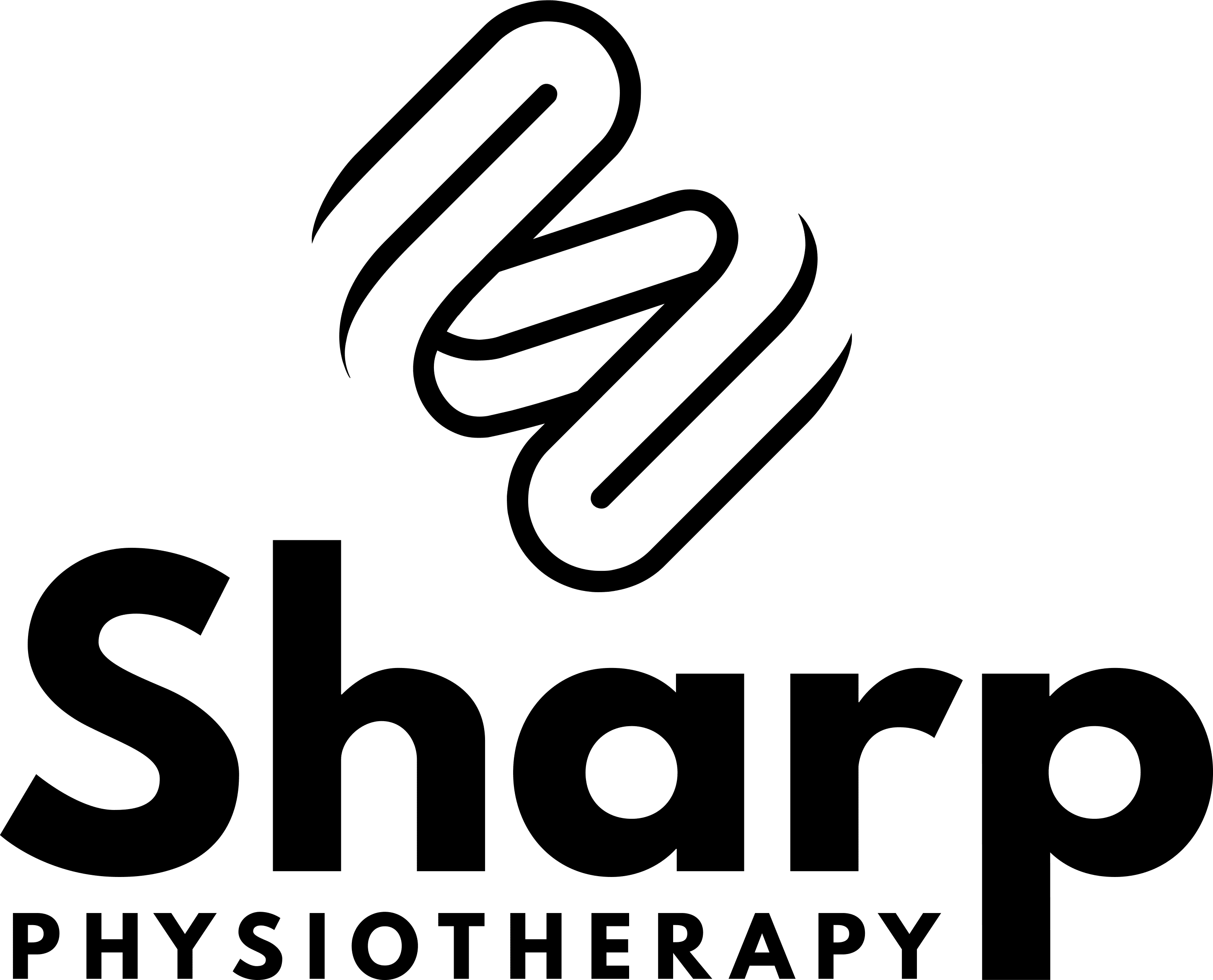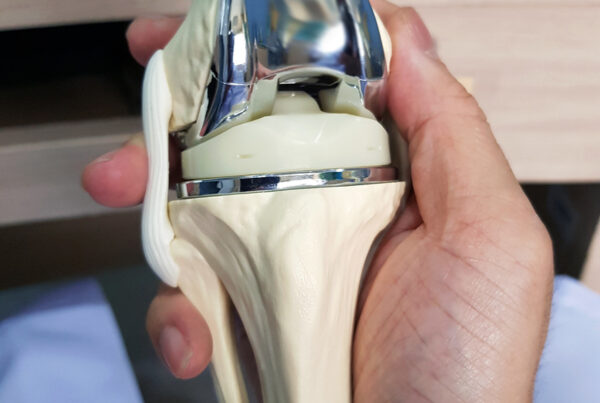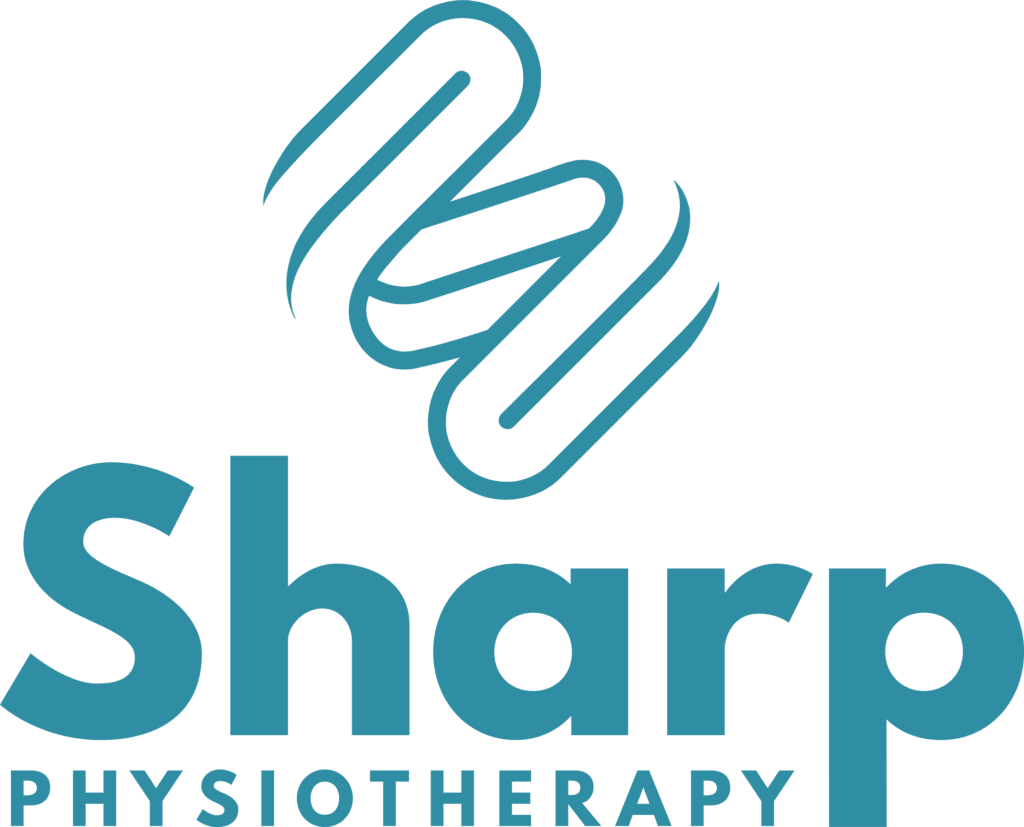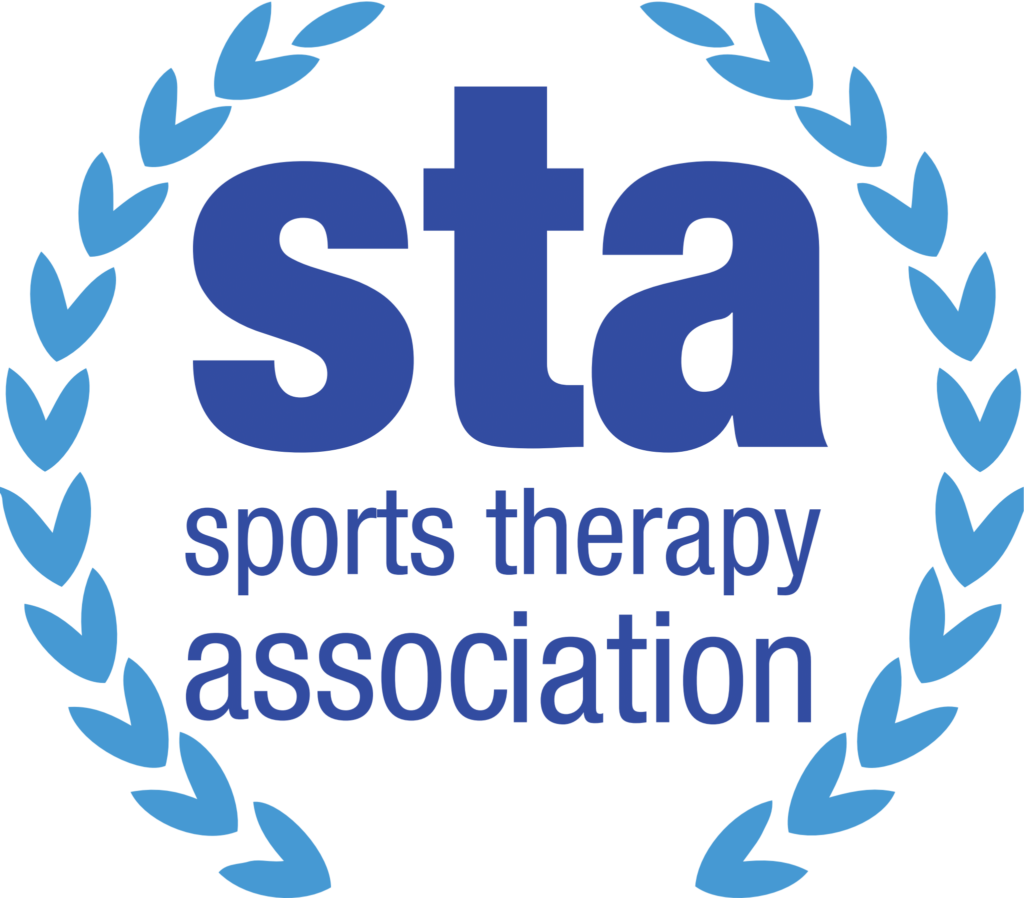Can arthritis be treated? Can I still exercise? Do I need a knee replacement? Am I making things worse? These are a handful of common questions we get asked by our patients at Sharp Physiotherapy, and I hope that this article helps you make better decisions on your health by educating you on what arthritis is and what you can do about it.
Knee pain is common amongst all age groups, and the nature and severity of these injuries will vary drastically. The research suggests that 25% of people over the age of 50 will experience a persistent episode of knee pain every year, and a significant percentage of these patients will already be showing signs of early osteoarthritis.
So, what is arthritis?
A joint is a part of the body where two bones meet and articulate with each other. Articular hyaline cartilage covers the ends of these bones, and its’ smooth and shiny structure allows for fluid movement, with little friction or resistance.
Articular hyaline cartilage can become damaged through trauma such as a sports injury or wear and tear, and the break down of this very important structure is what leads to osteoarthritis.
Symptoms of knee arthritis include:
- Stiffness within the knee first thing in the morning or after exercise such as walking or running.
- Quad muscle bulk has reduced.
- Pain or discomfort when bending or keeping the knee bent for a prolonged period of time.
- Pain in the knee when weight bearing.
- Pain walking up and down stairs.
- Night pain that is disturbing sleep.
- Noticeable swelling within the knee
- You may be developing a limp when walking.
There are 4 stages to osteoarthritis with stage 1 changes showing minimal damage to the joint, and stage 4 showing severe changes. With moderate-severe knee arthritis, there will often be a loss of joint space, and an x-ray will be sufficient for acquiring a definitive diagnosis. However, with mild arthritis, there is no loss of joint space and an MRI scan is usually required.
Physiotherapy vs Injections & Surgery
The effects of arthritis cannot be reversed but early diagnosis and treatment can offer pain relief, slow down this degenerative process, and maintain the condition of your knee.
Physiotherapy can often offer fast pain relief, helping you to remain active, independent and free of painkillers, without the use of injections or surgery.
Physio treatment for arthritis can:
- Reduce pain.
- Help you increase your activity levels without aggravating your knee.
- Reduce any muscle tightness or contractures that you have developed around the knee, hip and lower back.
- Reduce swelling within and around the knee joint.
- Help you improve your lower limb muscle strength and balance through a specific rehab program, without aggravating your knee pain.
- Improve your biomechanics through rehab exercises and orthotics (if required).
- Increase knee joint range of movement.
- Help you to remain fit and active.
We have helped hundreds of patients at the Sharp Physiotherapy Clinic with knee arthritis and I would like to share Wayne’s experience, who initially attended a physiotherapy appointment at 43 years old presenting with an extensive history of right knee pain. Wayne had been experiencing low level knee pain since his early twenties following a big football injury however, his symptoms had regressed significantly and was now struggling to partake in simple daily activities such as going up and down the stairs and walking his dog short distances.
An MRI scan confirmed moderate to severe arthritic change on the inside of his knee and was offered a full knee replacement by his consultant. Wayne made it very clear he did not want a knee replacement at 43 and would like to prolong this procedure for as long as possible. With physiotherapy, Wayne was able to reduce his pain levels considerably and build up the strength around his leg without aggravating the joint and causing more pain.
His activity levels were modified, and the decision to swap running for cycling was made. For 7 years, Wayne managed to remain active, independent and free of painkillers until his knee regressed once again, and the decision to undergo a knee replacement was made at 50 years old. The surgery was a huge success and managed to restore full range of movement and a good level of strength within 4 months. Below is a picture of his knee 4 months post-surgery.
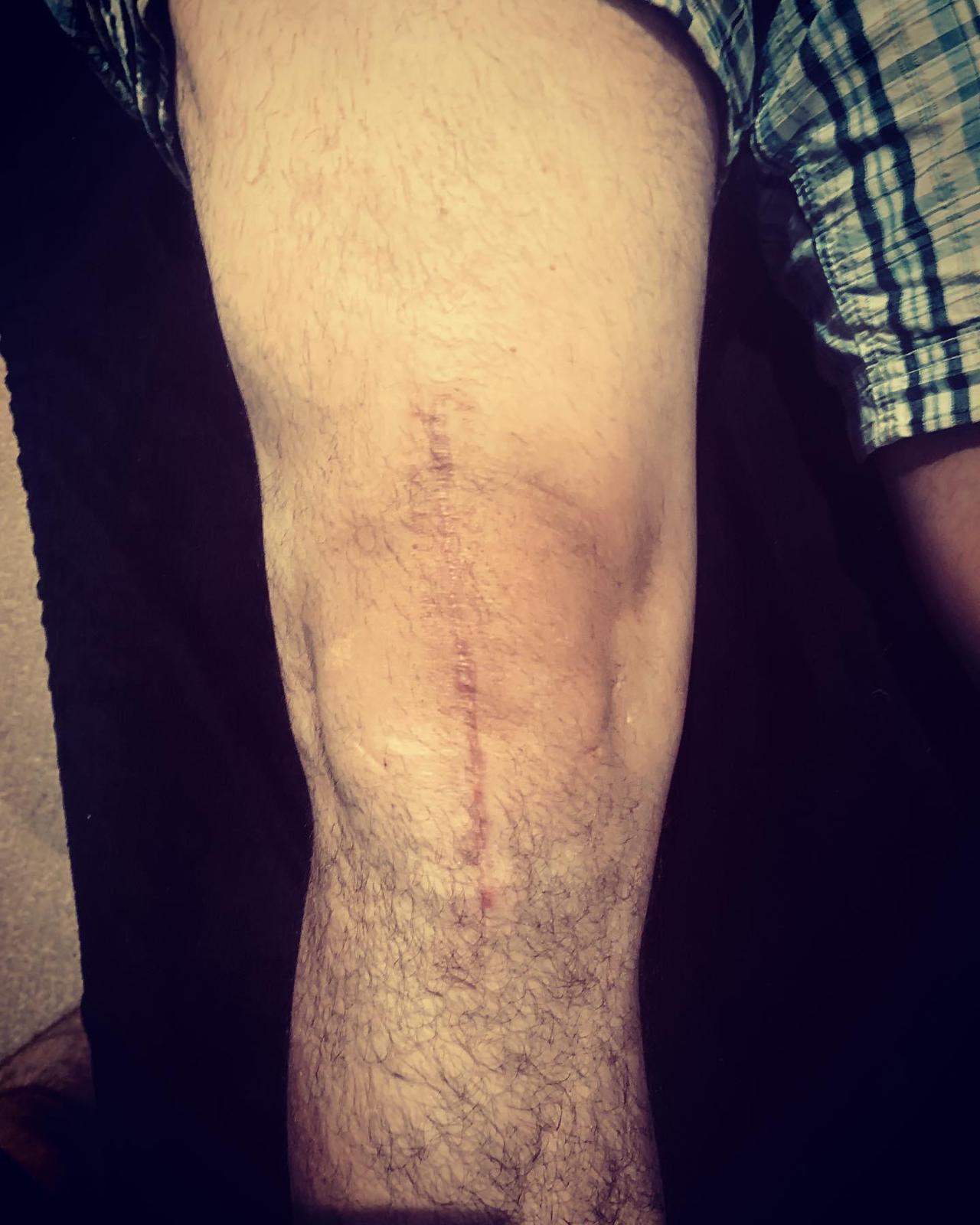
What can YOU do?
Knee pain does not mean you have to spend the rest of your days inactive and limited by pain however, a positive mind set towards your health is required if you want to remain active and free of pain killers.
Too many people, do not take action and experience knee pain for a lot longer than they should.
Here are some reasons why knee pain lasts longer than it should:
- Thinking that ‘rest’ alone would cure knee pain.
- Thinking that an injection would cure knee pain.
- Believing that knee pain is a part of getting old.
- Believing that nothing can be done.
There are always treatment options available to you, but action is required if you are going to get the most out of your body for as long as possible. Having the right physiotherapy team on board can add significant value to your life, and offer a non-invasive approach to managing your knee pain, without the use of painkillers.
If you are experiencing any of the symptoms described in this blog and would like to discuss how my team could help you, please do not hesitate to get in touch.
Best wishes,
Joe

